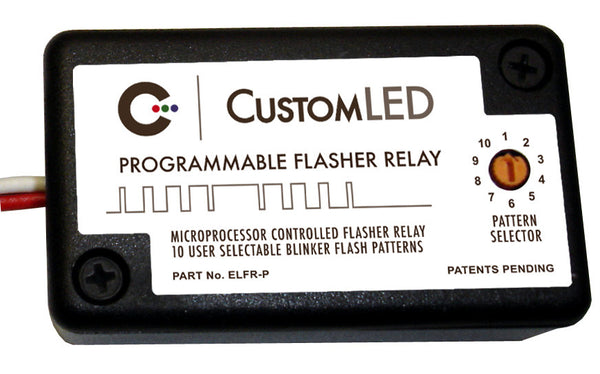This sounds like you started out with a single, central stop-tail light and separate left/right turn signals, and now you want to change it so you have left and right stop/turn lights. If you care about you and your bike staying in one piece with all the parts working as designed, you would want to take another think about (not) doing this. Compared to a setup with red rear turn signals of either the separate or combined type, you are significantly less likely to get hit in traffic if you have separate amber rear turn signals, plus the separate red stop light(s).
Before the era of body control modules and multiplexed/CANbus controls, combination stop/turn lights were driven by a specifically-configured turn signal switch which feeds power from the stop light switch to both lamps when the turn signal is not in use; power from the turn signal flasher to one or the other lamp when the turn signal is in use (plus power from the stop light switch to the other-side lamp, if the brakes are in use); and power from the hazard flasher to both lamps when the hazard flashers are in use. Without that kind of switch, you could cobble up a trailer converter to do (sort of, halfway) what you want, while creating other operational problems and not being very reliable.
Ah, no, it is actually far more complicated than that. I have a Harley trunk with a Harley lamp on a non Harley motorcycle. On a Harley, the computer handles the operation of the lamp, but on my Yamaha I have to make it work myself.
In a nutshell, it is a LED lamp with five wires - ground, running light, brake light, left signal, and right signal.
The running light is a dedicated set of LEDs, but brake and turn signals share the same set of LEDs. The way it operates is akin to what you're describing in older cars without BCM/CANBUS.
The ground and running light are self explanatory and static. Applying power to left/right turn signals individually turns on the respective side with the sequential effect, and applying power to both turns on both with the sequential effect.
Applying power to the brake light wire by itself doesn't do anything. However, applying power to the brake and both turn signal wires turns on the whole lamp without the sequential effect, just like the brake is supposed to function. Also, applying power to the brake wire and just one of the turn signal wires turns on the respective side without the sequential effect, allowing the other side to function as turn signal.
I need to to function as brake and turn signal, so I need to figure out a module to interrupt constant brake power from going to the side where turn signal is on, and instead take the "flashing" power.
This is a video I made to visualize what is going on.


